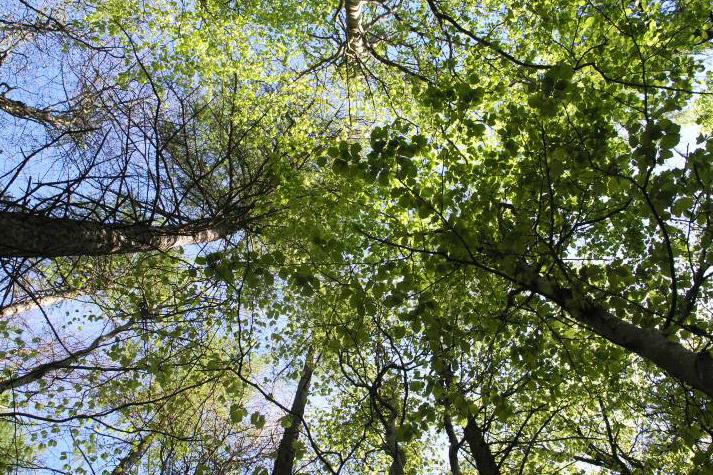While this supplement is placing strong emphasis on timber mobility, the biggest challenge facing the sector is to increase the forest estate from 11 to 17%. This is the level of forest cover identified as creating a domestic international-scale forestry and forest products industry.
The Food Wise 2025 strategy aims to increase the roundwood harvest to 4.6 million m3 by 2025, a 60% increase over current production. The strategy, along with COFORD, recommends an annual afforestation programme of 15,000ha compared with 6,000ha in recent years.
That forestry features in Food Wise 2025 is an acknowledgement of its importance to the economy, especially the performance of the export-led timber processing sector. However, the strategy expands the role of forestry to meet climate change targets in reducing greenhouse gas concentrations through carbon sequestrations and wood energy.
While farmers are aware of these strategic issues, they are unlikely to be swayed by them when they look at forestry as a viable land use option. They will want to know how forestry income stacks up against their current land use. The Irish Farmers Journal plans to make comparisons between forestry and other farm enterprises later this month.
The main advantage of the forest option is that the State covers the cost of establishing the forest up to €5,750/ha (Table 1). In addition, the State provides annual tax-free premium payments to cover the unproductive phase of the forest for the first 15 years (Table 2).
Other factors
While farmers plant for a variety of reasons, the main decision is based on likely revenue. Income from timber sales when the forest reaches the thinning stage is attractive culminating in final harvest.
During the first 15 non-productive years, annual tax-free premia of between €185 and €635/ha are provided, with the most popular scheme achieving €510/ha or €206/acre (Table 2).
If you are satisfied you can better this income from your current farm enterprise, stay put. If not, forestry may be the ideal viable land use option for at least some of your farm.
Either way, talk to your local forestry producer group, forester and organisations that advise and increase awareness of forestry from planting to harvesting. These include Teagasc, the IFA, the Irish Timber Growers Association and the Society of Irish Foresters. They organise field days, demonstrations and seminars on forestry issues, which are well worth attending.






 This is a subscriber-only article
This is a subscriber-only article










SHARING OPTIONS: